(Fatherland) - Whenever you visit Sa Pa, you will find this town mysterious but also has new things to discover and enjoy.
Sa Pa – just hearing the name is enough to evoke so many wonderful images in the hearts of travel enthusiasts like me. Although I have visited here a couple of times, each time I set foot here, I always find this town new in its own way. Sa Pa is beautiful in every season, but its soul, to me, lies in the last days of the year when the cloudy season comes.
When mentioning Sa Pa, besides the town covered in mist, people often think of terraced fields and the golden rice season. But this year, Typhoon Yagi unexpectedly blurred the expected "golden season" moment. However, Sa Pa did not lose its charm because of that. Instead, this place welcomed me with an extremely impressive cloud hunting season - the magical fifth season that only those who come to Sa Pa can understand.
Many people think of Sa Pa only as a place to admire the majestic mountains or relax in a quiet space. But Sa Pa is truly a treasure trove of countless interesting things, waiting for the steps of discovery. This time, I decided to experience a new perspective, activities that are familiar to some tourists, but each season, each moment takes on a different, surprising shade. So that every step in this foggy town is a story, each place contains profound cultural values. And this time, I devoted all my heart to recording those stories, from the simplicity in the lives of the indigenous people, to the majesty of the land and sky. Sa Pa is not only a place to go, but also a place to touch, feel, love, and live fully in each memorable experience.
First impression: 4 seasons hidden in one day
In November, when thousands of clouds pour down like waterfalls on Sa Pa, this place suddenly becomes more mysterious and dreamy than ever. Clouds cover the winding streets, revealing the deep blue sky and the dry yellow sunlight. At this time, the North is entering winter, but this place welcomes the "cloud season" - the 5th season of the year. Waves of clouds come, covering every corner of the mountain town, bringing with them the cold, creating a space that is both romantic and mysterious.
This year, the weather is a bit different. Compared to last year, Sa Pa has just started to enter a deep cold spell, the daytime is still sunny and dry, not enough to wear thick warm clothes, instead just a thin blazer is enough to keep warm. However, in the evening when the cold mist comes, you can feel the cold air. Especially at this time, on the top of Fansipan, frost begins to appear, in no time the "roof of Indochina" is covered with a layer of white snow. It is not an exaggeration to say that this is the best time to visit Sa Pa, when you can experience all four seasons in one day. So the first and most important advice is to have all kinds of "weapons" ready to fully enjoy the weather in Sa Pa: jackets, thin sweaters, masks, scarves, hats, ...
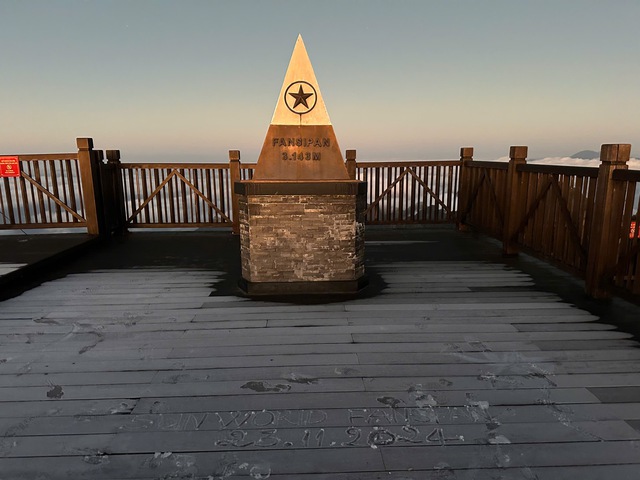
Familiar experiences but not everyone has tried when coming to Sa Pa
People often say that Sa Pa has nothing to do this season, that coming here is just to hang around and watch the hills and mountains, bathing in the thick fog and that's it. But no, Sa Pa is much more interesting than that! The fun in Sa Pa is not only in the famous destinations, but also in the stories and unexpected moments that you will encounter on your journey. A friendly smile from a local, a time lost in a colorful highland market, or an early morning standing in the middle of a sea of floating clouds... all create a Sa Pa that is more fun, more unique and more lovely than any rumor!
Discover Cat Cat Village - A shining gem in the heart of Sa Pa
Cat Cat village, located only 1.6km from the center of Sa Pa town, is not only a tourist destination but also a symbol of traditional highland culture, where the soul of the H'Mong people is preserved intact through each roof, each stone-paved road, and the vast terraced fields. Coming to Cat Cat, I heard the murmuring sound of Tien Sa stream blending with the gentle breeze through the green trees, creating a mesmerizing natural melody. Standing in the middle of that peaceful scene, I could breathe in the fresh air, feeling every strong beat of the Northwest mountains and forests.
Arriving at Cat Cat in the late afternoon, it gets dark quickly so we quickly visit everything. And indeed Cat Cat village is not a place for you to visit in a hurry, coming here will take you a morning or an afternoon to discover all the outstanding beauty of this village.
Not to mention, every experience here bears a strong local imprint. Many tourists put on colorful brocade costumes, transform into local people, and freely pose next to giant water wheels - an indispensable symbol of highland villages. Every road, every small corner here tells the story of a rich cultural identity. Not only that, traditional crafts such as weaving and silver crafting in Cat Cat open up an insight into the simple and genuine life of the H'Mong people.
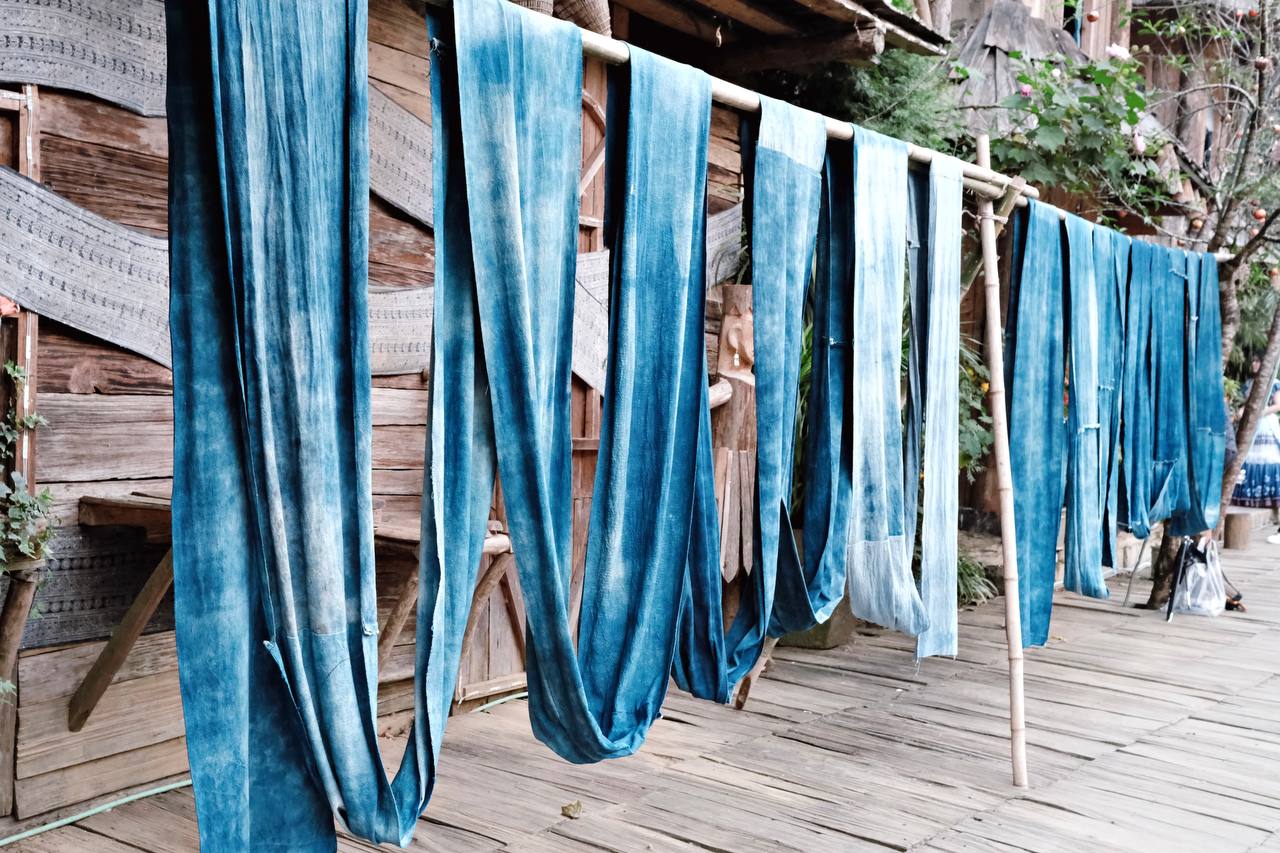
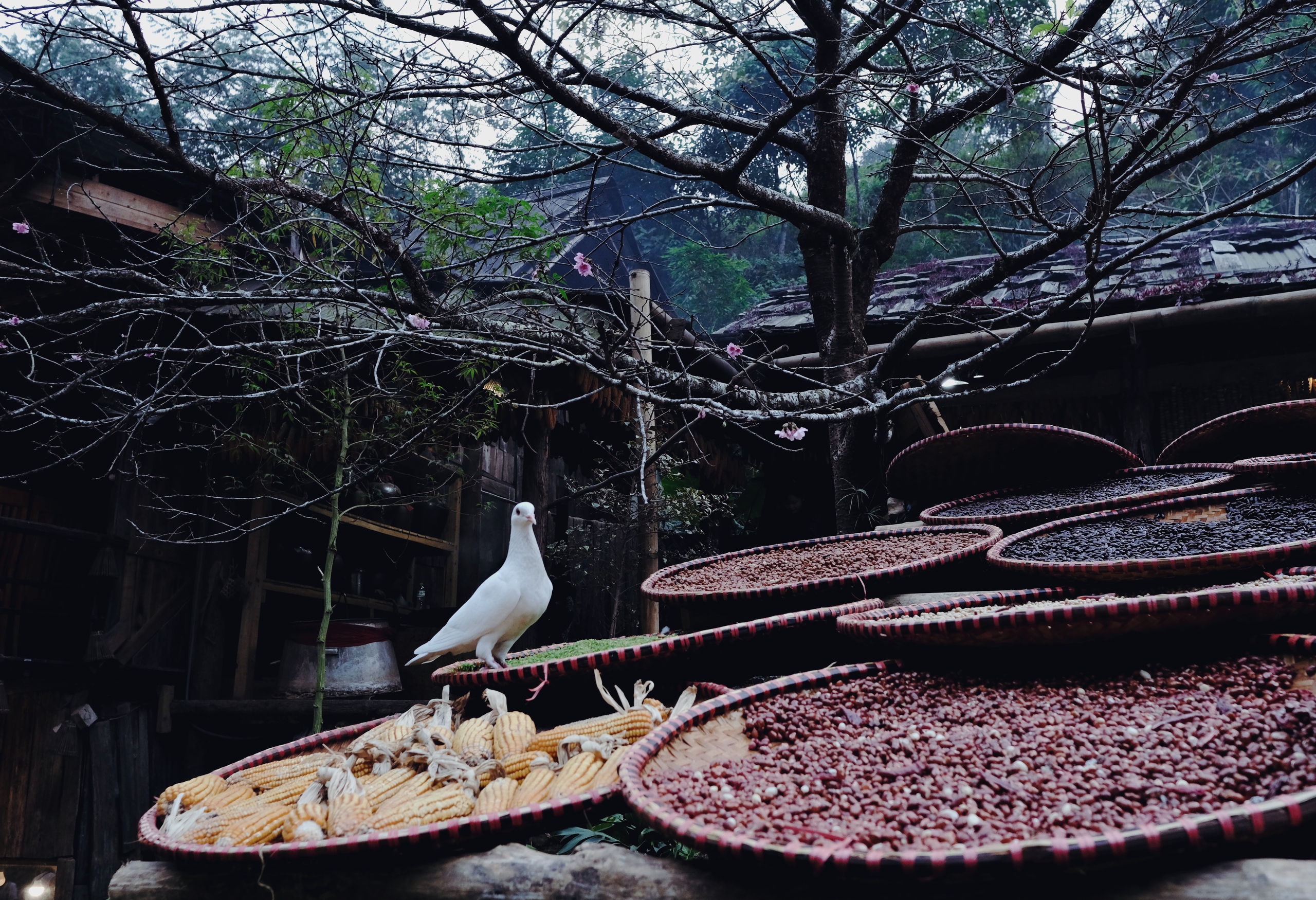
Strolling around Ban May at the foot of Fansipan - Where the cultural quintessence of the highland ethnic groups converges
Besides the familiar destinations, not everyone who comes to Sa Pa knows and seeks to experience the unique villages here. During my recent trip, I had the opportunity to walk around May village at the foot of Fansipan mountain, where every corner contains cultural stories, the simple but profound beauty of the highland people that visitors can discover and experience. May village with 11 ancient houses brought back intact from the villages, gathers the cultural space of 5 ethnic minorities such as H'Mong, Tay, Giay, Xa Pho and Dao Do in Sa Pa.
Passing through the rustic thatched gate on the Hoang Lien Son mountainside, I felt like I was entering a cozy and intimate Northwestern village. There, the traditional houses of ethnic minorities were restored, forming a poetic May village at the foot of Fansipan mountain. In this corner, I saw Red Dao women sitting on the porch embroidering their dresses; in the other corner, blue smoke wafted from the H'Mong people's kitchen fire. From the Xa Pho people's house, the mother's lullaby echoed. The scene was as peaceful as the daily life in the villages of the Sa Pa people.
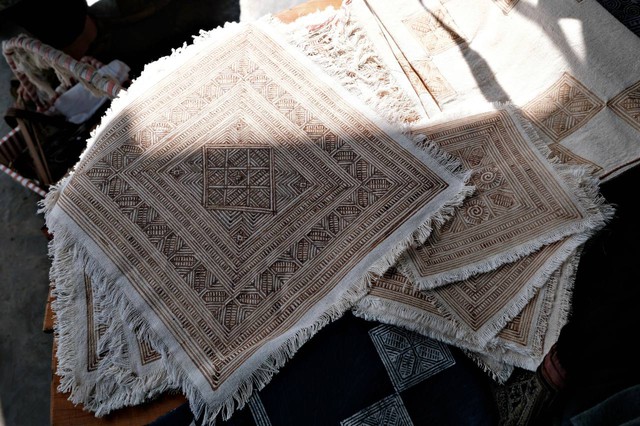
It was surprising that just 10 minutes from the town center, I was able to experience a village that fully converges the cultural quintessence of ethnic minorities in Sa Pa. Normally, tourists rarely have the opportunity to meet ethnic minorities or go to remote villages to experience daily life, traditional activities or festival atmosphere during holidays. May Village is like a new home for ethnic minorities, where they proudly introduce to tourists their daily life, Northwest cuisine, spiritual culture and traditional festivals.
Not only observing the familiar lifestyle of the people in the highlands of Sa Pa, any visitor coming here can immerse themselves in the indigenous life when participating in the experience of the work of the people here from beeswax painting, to making incense, weaving baskets and listening to the sound of the panpipe and flute. Indeed, a miniature Northwest is vividly recreated every second right at May village.

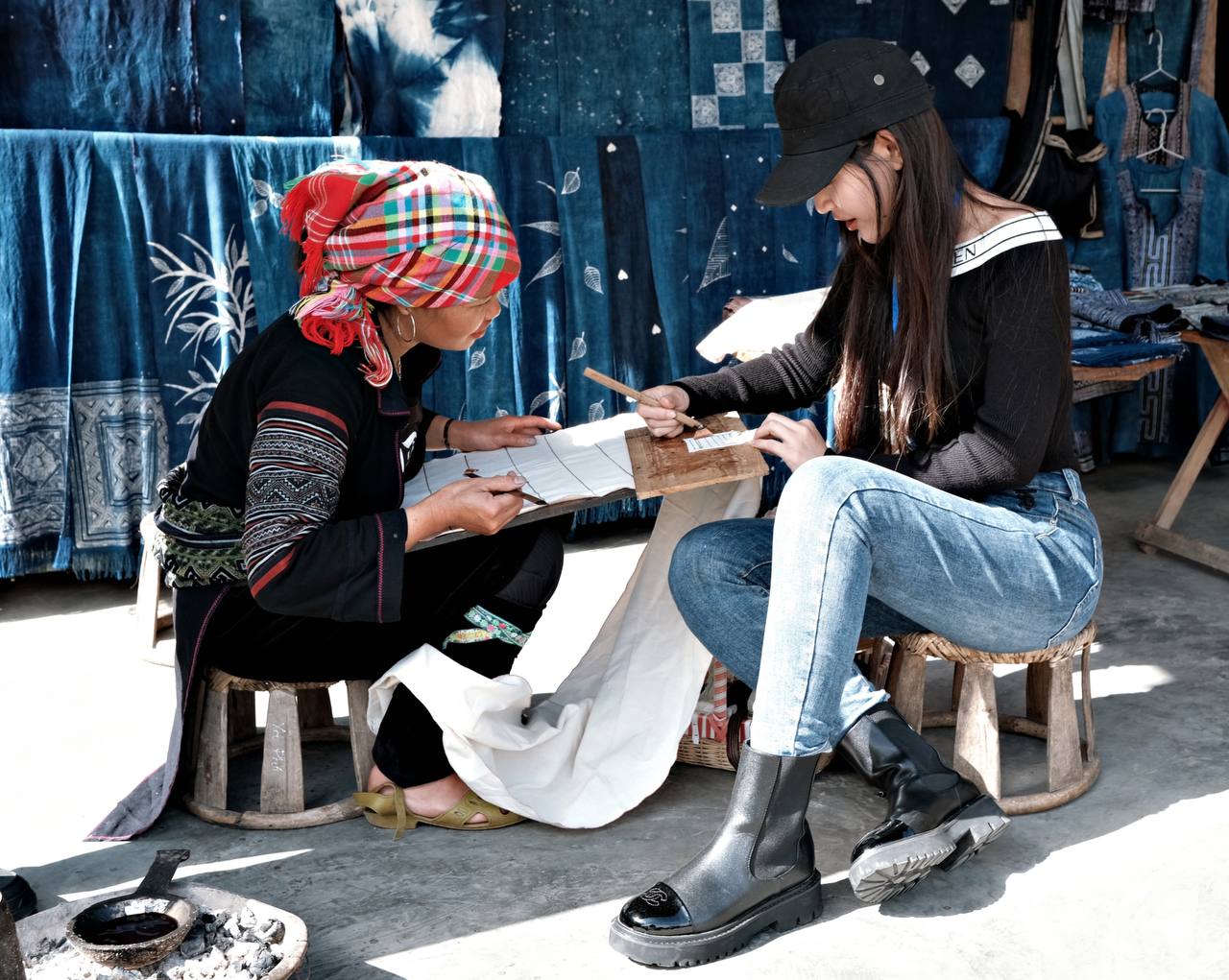
Try to immerse yourself in the space of the Stone Lotus Festival
It must be said that in the last months of the year, Sa Pa seems to enter a completely different rhythm, not only with the magnificent transformation of nature but also with the excitement of festivals that can only be found in this highland area. What makes me excited is the first Stone Lotus Festival held at the Sun World Fansipan Legend tourist area, lasting until the end of 2024. The giant stone lotus gardens at the foot of the mountain are not only an event to admire the flowers, but also carry a meaningful message about the recovery and strong rise of Sa Pa after storm No. 3. Watching the stone lotuses blooming brilliantly among those rocky slopes is like the image of the resilient, persistent and vibrant Sa Pa people.


Stepping into this area, no one can take their eyes off the thousands of succulents displayed here, with more than 50 unique species that I heard the names of for the first time: gentle pink succulents, pure snow succulents, sparkling pearl succulents, and even prominent orange-yellow succulents. But perhaps the most special is the "stupa" of succulents right in front of the Fansipan cable car station. The tower is made up of 3,143 Sa Pa green succulents, a meaningful number, symbolizing the 3,143m high Fansipan peak, the roof of Indochina.

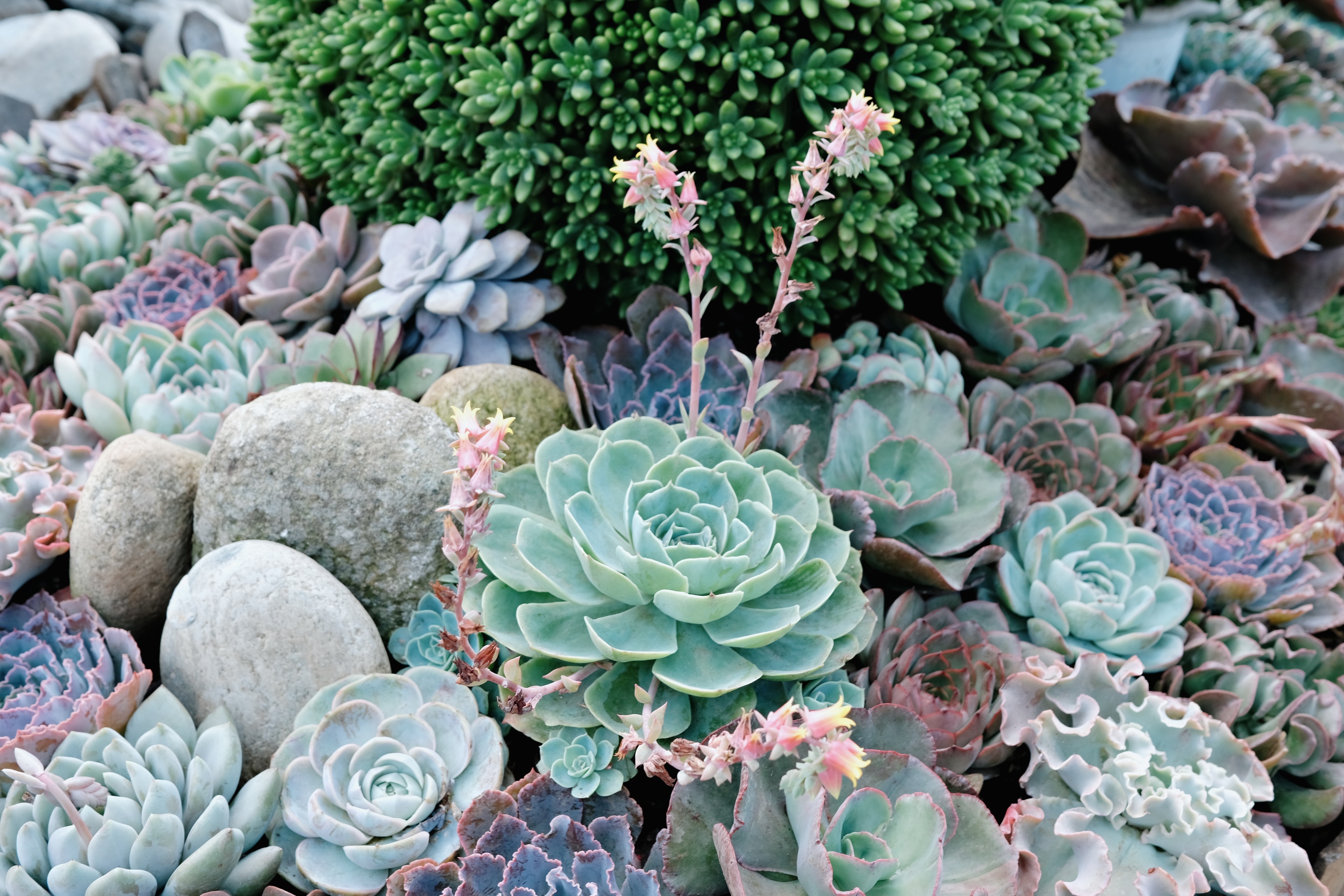
The best dish on the year-end menu is called "clouds hovering over the "roof of Indochina"
I just returned from a cloud hunting trip in Sa Pa, and my heart still lingers with the white clouds floating like silk across the mountains. People say that this is the most beautiful season in Sa Pa, and I believe it, but not the perfect beauty like a picture, but the beauty of constant change: sometimes pure, sometimes fierce, but always making people look back.
The cloud season in Sa Pa starts in October and lasts until February of the following year. This is the time when this small town is at its quietest but also has the most interesting things. I arrived at the Fansipan cable car station early in the morning and saw a long line of tourists eagerly waiting. Everyone wanted to go to the "roof of Indochina" to see with their own eyes the sea of clouds that everyone was talking about.
We started our journey to explore Fansipan peak at noon, at this time the sun was higher but there was still a sea of clouds blending with the clear blue sky, creating a picture that was both majestic and peaceful. Standing at an altitude of 3,143m, I felt like I was touching another world, where the layers of clouds were winding, sometimes soft like a river, sometimes rolling like white-capped waves. When the sunset fell, everything became strangely warm with a golden glow covering the space, as if the mountains and forests of the Northwest also wanted to put on a splendid coat before sinking into the darkness.
In the last months of the year, Sa Pa seems to put on a magical coat, both quiet and poetic, bustling and charming. In particular, the journey to conquer Fansipan, the "roof of Indochina", has never been so attractive. The round-trip cable car ticket price at Sun World Fansipan Legend is now only 550,000 VND, opening up the opportunity for visitors to immerse themselves in the sea of clouds, admire the majestic spiritual architectural complex and explore the indigenous culture of the Northwest ethnic groups at Ban May.
It can be said that my trip did not stop at "touching the clouds". It was like a journey to discover culture and people. I loved the feeling of walking on the stone paths leading to the ancient church of Sa Pa, which was quiet but not cold at all. Stopping by a market, I heard the H'Mong people talking with their thick mountain accents, and saw the handmade products, each needle and thread seemed to encapsulate the story of the person who made it.
I realized that the cold in Sa Pa is not the kind that makes people shiver, but the kind that makes people want to find warmth from a cup of spicy corn wine or from the friendly eyes of the locals. And perhaps that is the reason why Sa Pa is not only a place where people come to watch the clouds, but also a place where people come to feel the gentleness of nature and people. A cloud hunting trip, seemingly just to see the scenery, but actually to immerse oneself in the vivid moments of the land and sky. Sa Pa, at its most beautiful moment, does not need
Source: https://toquoc.vn/sa-pa-mua-nay-day-moi-me-lac-buoc-o-ban-may-dam-chim-trong-vuon-sen-da-khong-lo-va-ve-dep-vo-thuc-cua-thien-nhien-20241123120215307.htm













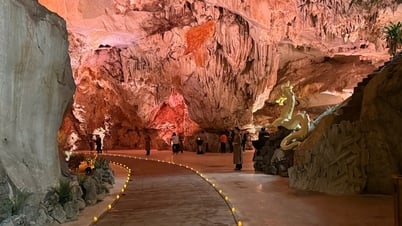

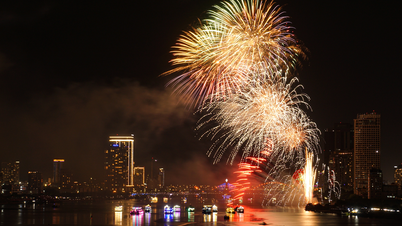










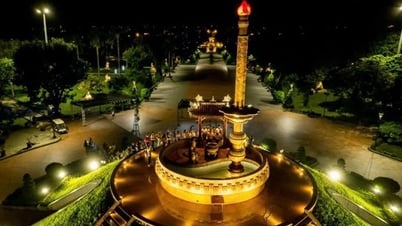

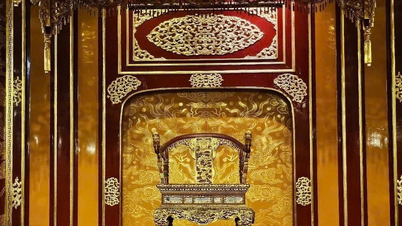


























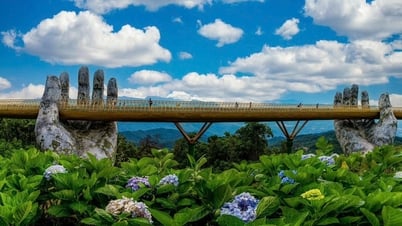
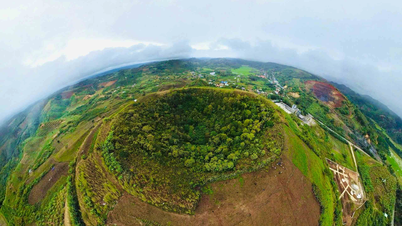






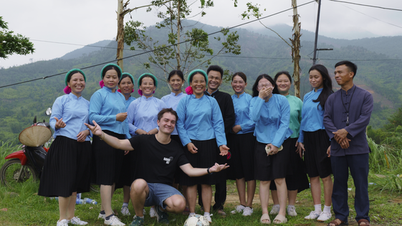









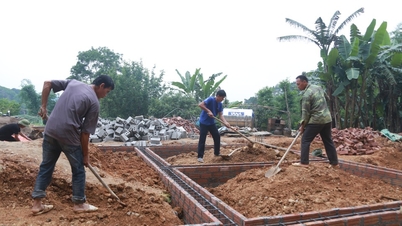






![[PHOTO] Night meeting and promise to help people have a better life](https://vphoto.vietnam.vn/thumb/402x226/vietnam/resource/IMAGE/2025/6/2/b3278f5bc7f64d9daa7b876ecf4c864c)

















Comment (0)